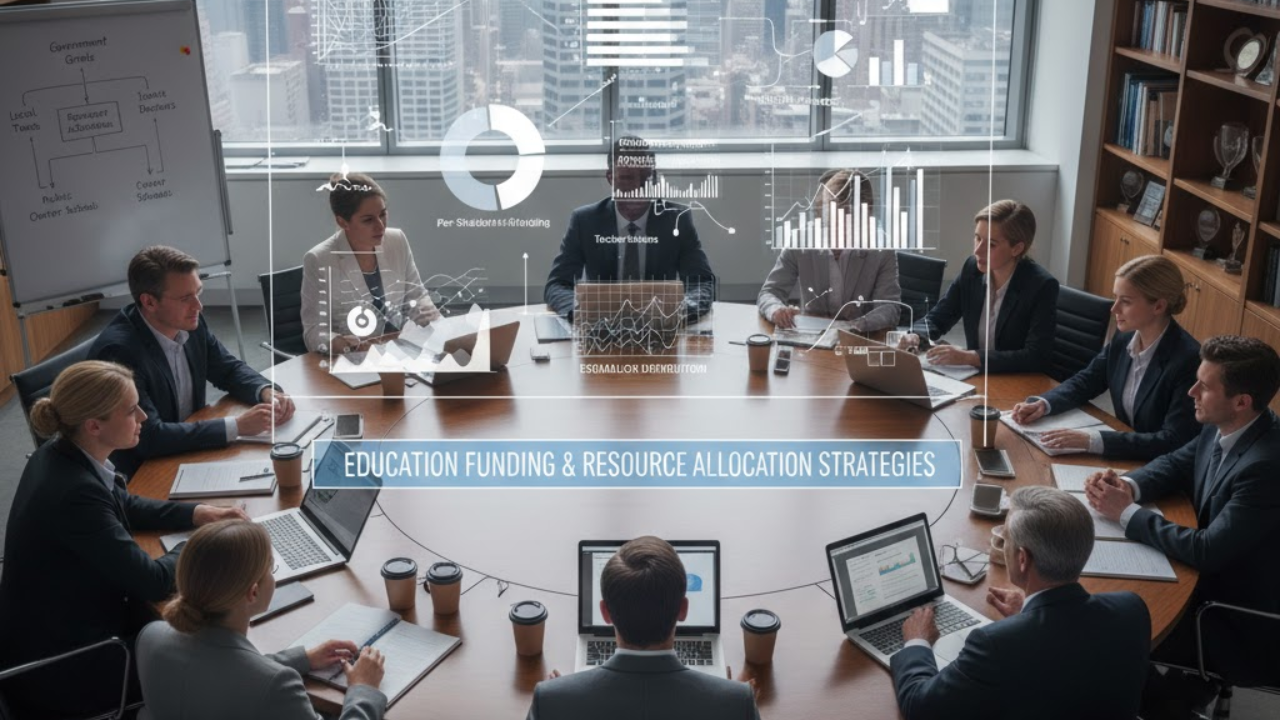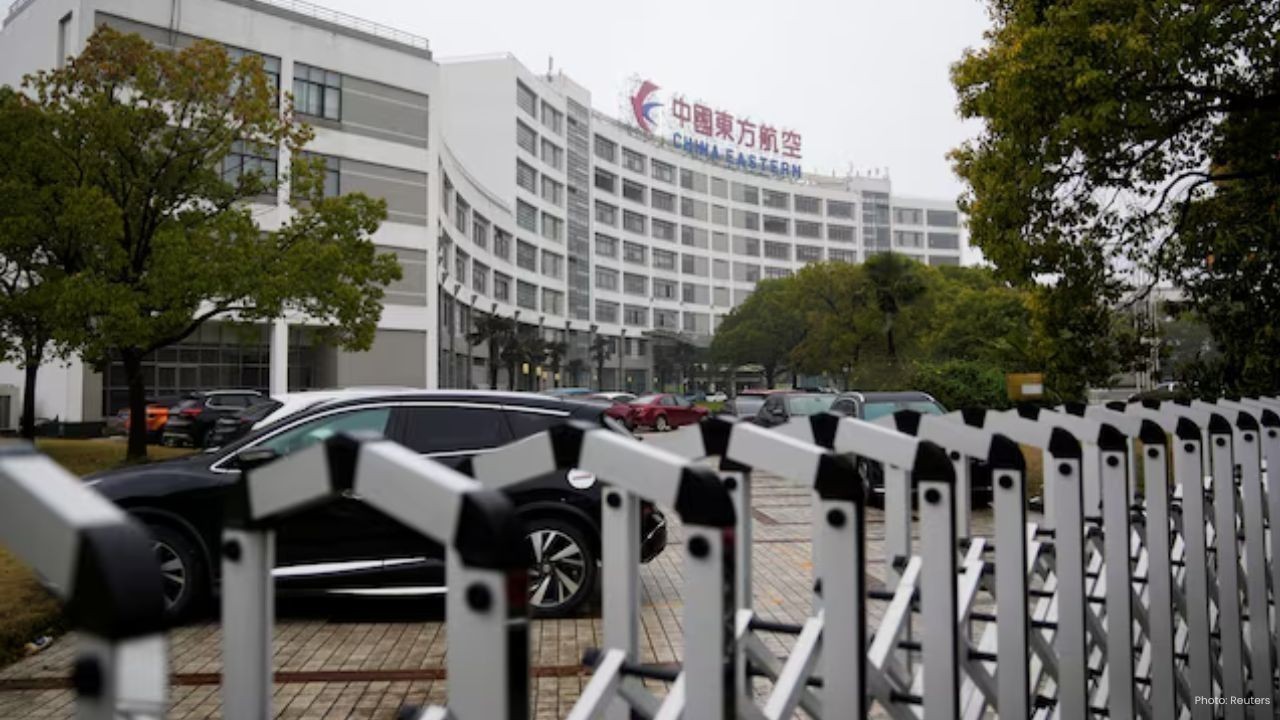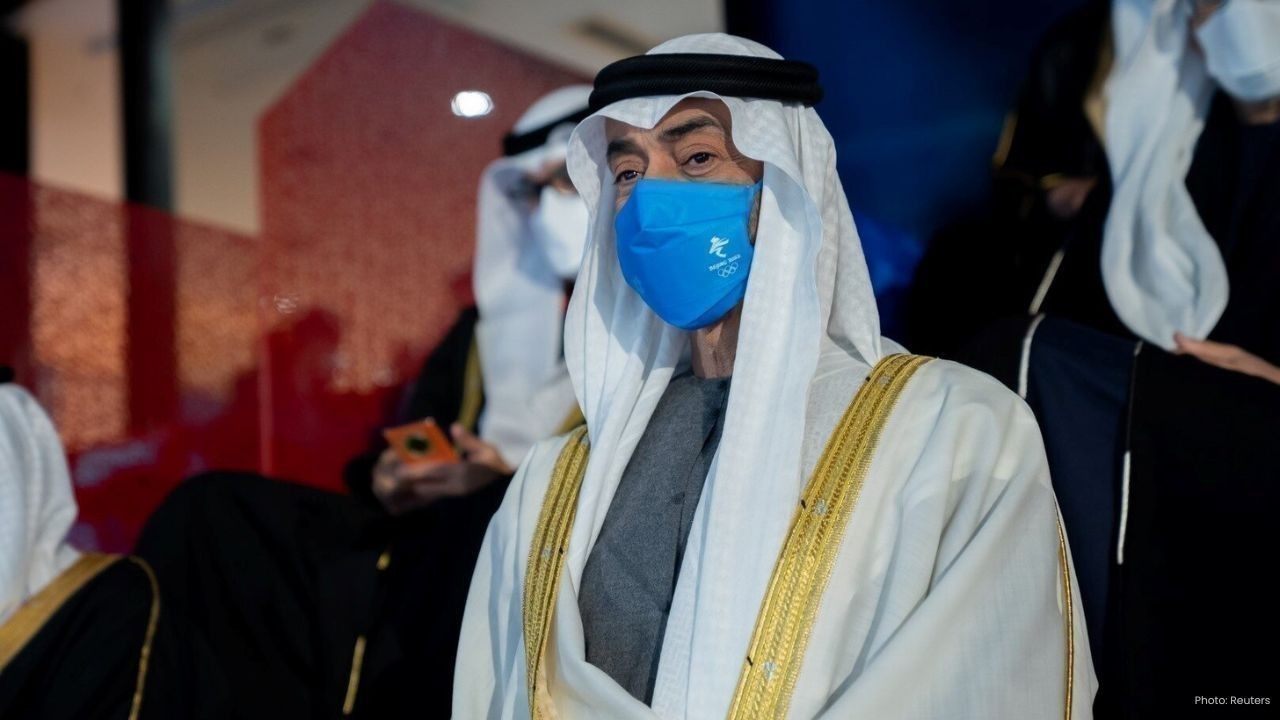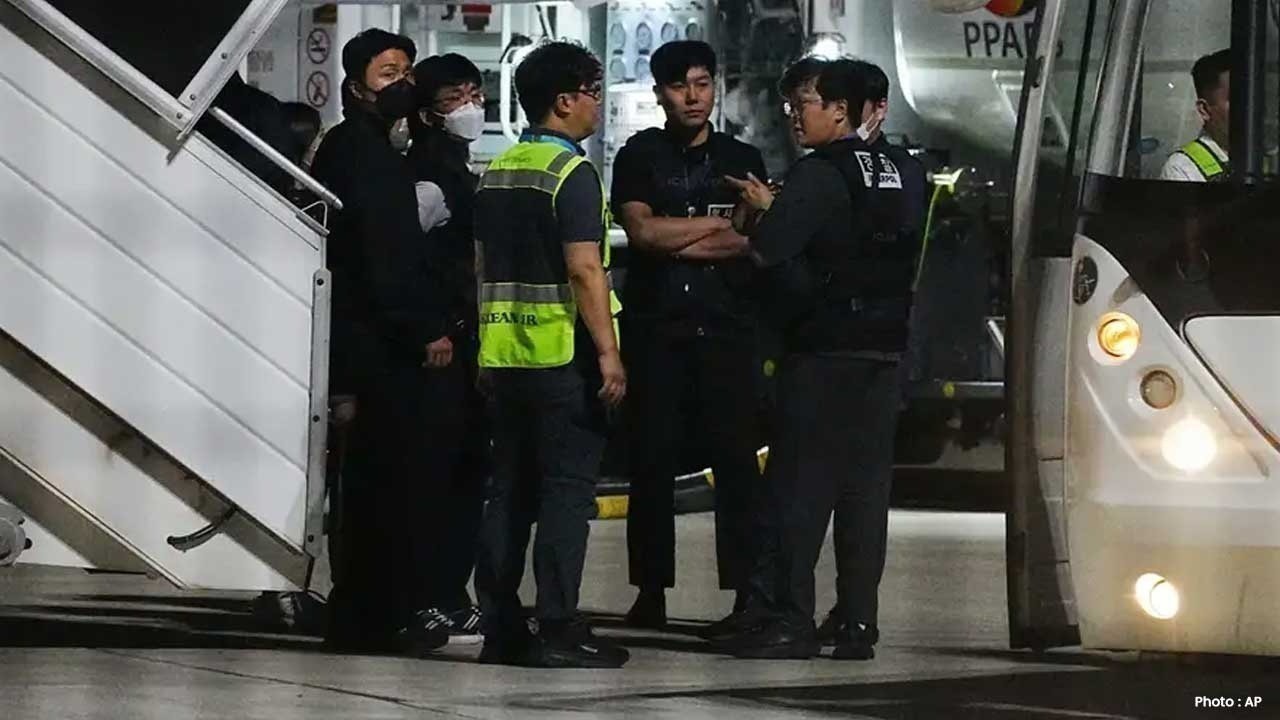
Post by : Naveen Mittal
Education is one of the most powerful investments a nation can make — but it’s also one of the most underfunded sectors in many parts of the world. The quality of schooling depends not only on curriculum and teachers but also on how effectively resources are allocated, managed, and sustained.
Countries that prioritize education funding enjoy stronger economies, healthier societies, and higher innovation rates. Yet, disparities persist between regions, income levels, and school types. As global demands for digital learning, infrastructure, and teacher support grow, rethinking education finance becomes essential.
Education funding isn’t just about money — it’s about access, equity, and opportunity. Adequate investment ensures:
Modern classrooms and digital infrastructure
Fair teacher pay and training programs
Inclusion for disadvantaged groups
Research and innovation in higher education
Safe, resilient learning environments
Without proper financing, education systems become fragile, leading to overcrowded schools, outdated materials, and unequal opportunities between public and private institutions.
Many governments allocate a significant portion of their GDP to education, but spending varies widely. Developed nations typically invest between 4% to 6% of GDP, while developing regions often lag behind due to fiscal constraints and competing priorities.
There’s also a stark gap between primary and tertiary education funding. While basic education absorbs the bulk of public resources, universities and vocational institutions often rely on private investment or tuition, creating barriers for lower-income students.
Global organizations continue to advocate for a minimum of 20% of national budgets or 4% of GDP to be dedicated to education, but real-world figures frequently fall short.
Education systems distribute funding across multiple layers — each with distinct challenges and priorities:
Primary & Secondary Education: Focus on teachers, curriculum materials, student welfare, and basic infrastructure.
Higher Education: Allocation to research, faculty development, student aid, and technology.
Vocational & Technical Training: Investment in labs, industry partnerships, and equipment.
Digital Learning & EdTech: Funding for devices, software, and online platforms to expand reach and personalization.
Inclusive Education: Programs for students with disabilities, marginalized communities, and remote areas.
Inequitable allocation — such as overfunding urban schools while neglecting rural or public institutions — can widen the learning gap across society.
Governments remain the primary funders of education through tax revenues, grants, and subsidies. They are responsible for ensuring universal access, affordability, and equity. Effective use of funds requires transparency, accountability, and periodic audits.
Private investments, including corporate partnerships, nonprofit foundations, and individual donors, increasingly supplement public efforts. These actors often fund innovation, technology integration, teacher training, and scholarships.
PPPs are becoming a cornerstone of modern education financing. Through joint ventures, governments and businesses share costs, risks, and expertise. Examples include digital learning collaborations, infrastructure development, and skill-based vocational programs.
The challenge lies in balancing innovation with inclusivity — ensuring private interests don’t overshadow educational equity.
Unequal Distribution of Resources: Wealthier districts or private schools often enjoy higher funding per student compared to public or rural schools.
Inefficient Spending: Administrative overheads and bureaucracy reduce the effectiveness of allocated funds.
Dependence on Donor Aid: Some low-income countries rely heavily on international aid, which may fluctuate with global politics.
Underinvestment in Teachers: Salaries and professional development budgets are often inadequate, impacting motivation and performance.
Infrastructure Gaps: Many schools lack modern facilities, electricity, or digital connectivity.
Poor Monitoring Mechanisms: Weak financial management systems lead to leakages and untracked expenditures.
Addressing these issues requires both structural reform and data-driven accountability.
Some governments now tie funding to performance metrics — such as graduation rates, student outcomes, or institutional efficiency. This encourages accountability and results-oriented governance.
Rather than distributing funds equally, some systems allocate more resources to disadvantaged schools. This targeted approach reduces inequality and promotes fairness.
Education Bonds: Governments issue bonds to raise capital for large-scale education projects.
Impact Investing: Private investors fund education programs expecting both social impact and financial return.
Education Vouchers: Parents receive state funding to choose schools, promoting competition and choice.
Crowdfunding & Social Platforms: Communities fund local schools, technology drives, or scholarships through online platforms.
Digital transformation helps governments and institutions reduce costs through virtual classrooms, centralized systems, and data-based management. Technology-driven transparency tools also minimize corruption and fund misuse.
India continues to increase education budgets under its National Education Policy framework, focusing on digital infrastructure, teacher training, and inclusion. However, the challenge remains in funding efficiency — ensuring that money reaches classrooms, not just departments.
The UAE allocates one of the highest education budgets per capita in the region, supporting innovation, AI integration, and smart campuses. Education funding is aligned with national strategies like Vision 2030, emphasizing knowledge-based growth.
Israel invests heavily in education, devoting about 6% of GDP, which is above the OECD average. However, disparities remain between state, religious, and Arab community schools, prompting reforms in equitable funding distribution.
These examples show that while funding levels vary, strategic allocation and policy alignment matter most for real impact.
To secure education’s future, countries must focus on three pillars:
Transparency: Clear reporting of how funds are spent builds public trust.
Equity: Directing funds toward vulnerable groups ensures inclusive growth.
Innovation: Investing in digital systems, teacher training, and adaptive infrastructure keeps education relevant and future-ready.
By merging financial prudence with social responsibility, nations can turn education funding from a recurring cost into a long-term investment in human capital.
Increase the education budget to meet international benchmarks.
Ensure equitable distribution between urban and rural regions.
Strengthen monitoring and evaluation frameworks for spending efficiency.
Encourage private participation with clear regulatory safeguards.
Expand teacher development funding to improve classroom quality.
Invest in digital infrastructure for accessible and modern education.
Integrate sustainability goals into education funding to build resilient systems.
This article is for informational purposes only. Education funding mechanisms, budget allocations, and investment policies vary by nation and evolve with economic conditions. Readers and policymakers should refer to official government data, fiscal reports, and verified institutions before making financial or policy decisions related to education investment.

China Eastern Resumes Shanghai-Delhi Flights After 5 Years
China Eastern Airlines restarts Shanghai-Delhi flights from Nov 9, marking a major step in India-Chi

UAE Triumphs Over Japan to Qualify for T20 World Cup 2026
UAE cricket team secures historic T20 World Cup 2026 spot with a strong win over Japan, marking thei

Fire Erupts at Dhaka Airport Cargo, Flights Temporarily Halted
A massive fire broke out in Dhaka airport's cargo area, halting flights. Firefighters battle blaze;

59 South Koreans Repatriated from Cambodia Over Online Scams
South Korea repatriates 59 nationals from Cambodia linked to online scams amid growing crackdown on

AlUla Marks Heritage Day with Living Traditions Revival
AlUla celebrated Heritage Day, showcasing timeless arts, crafts, and customs to keep its living trad

“No Kings” Protests US States Deploy National Guard Ahead of Rallies
National Guard troops activated as “No Kings” protests target Trump policies in over 2,500 US locati

Kohli, Rohit Return as India Gear Up for Australia ODIs
Virat Kohli and Rohit Sharma return to action as India take on Australia in a three-match ODI series

From Street Shawarmas to Sky Dining Dubai’s Food Adventure
Explore Dubai’s food wonders from sizzling street shawarmas to elegant sky dining where every flavo

7 Best International Destinations for Vegetarian Travellers Delicious & Travel Friendly
Discover 7 top international destinations for vegetarian travellers with delicious meals vibrant cul

Morning Habits of Highly Successful People Start Your Day the Smart Way
Discover the powerful morning habits of highly successful people and learn how starting your day rig

Beyond the Gym Dubai’s Outdoor Fitness Revolution on Beaches & Skylines
Explore Dubai’s outdoor fitness revolution on beaches and skylines blending health community and sce

AI in Dubai’s Luxury Salons Personalized Skincare Meets Technology
Discover how Dubai’s luxury salons use AI to create personalized skincare routines blending technolo

The $1 Million Secret Dubai’s Luxury Longevity Clinics and Personalized Wellness Revolution
Explore Dubai’s $1M longevity clinics offering luxury high tech treatments and personalized wellness

Pankaj Dheer The Timeless Villain Who Shaped Indian Television
Discover Pankaj Dheer’s legendary journey from iconic villain to timeless TV star inspiring generati

Best Whole Grains for Weight Loss Healthy Nutritious & Easy to Include
Discover the best whole grains for weight loss boost metabolism stay full longer and enjoy healthy n